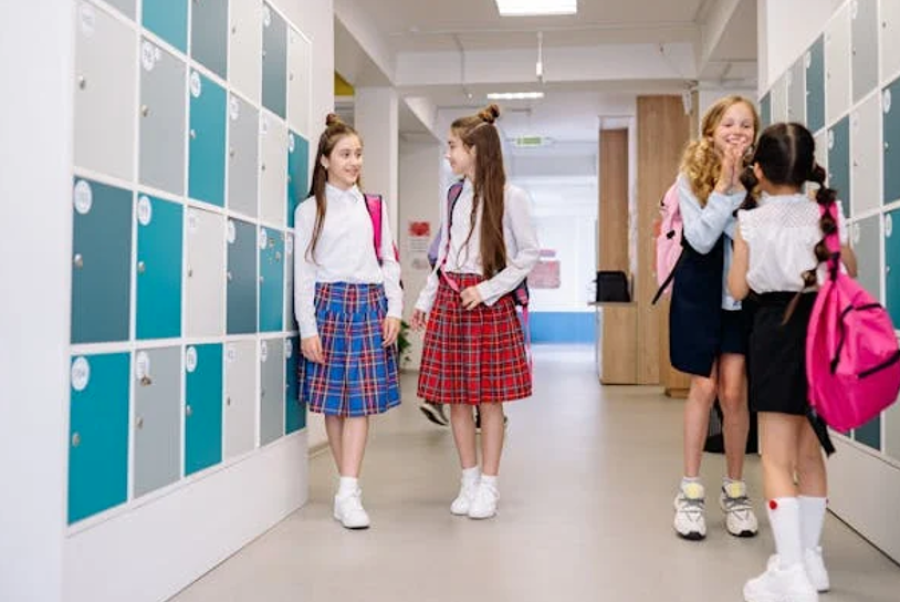The start of
a new school year always feels like a fresh chapter. It’s an
opportunity for students to aim higher, make new friends, and dive into
exciting learning experiences. However, beyond the buzz of new beginnings,
there’s one important factor that often goes unnoticed, and that is creating an
environment that truly supports learning.
From school lockers to cozy classroom setups, the small details can make
a world of difference to the learning experience. In this article, we’ll
explore some practical tips to help create a productive school environment for
students.
Keeping
Things Organized
Staying organized is key to thriving in school, and sometimes it’s the
simple things that make the most difference. For instance, school lockers such
as those sold by Schoollockers
Locker company are not just a place to store books and supplies
but are a personal space that helps students keep their things in order. A
well-organized locker means fewer frantic moments searching for missing
homework, textbooks or sports
kit and when students aren’t weighed down by overloaded backpacks, they can
move through their day with less stress and more focus.
Other tools, like planners or digital apps, can also help students stay
on top of their assignments, tests, and extracurricular activities. Encouraging
students to use these tools isn’t just about staying on schedule but can also
teach them how to manage their time, a skill that will serve them long after
graduation.
Making the
Environment Comfortable
A comfortable space makes it easier to concentrate and learn. No student
can do their best work if they are sitting at a wobbly desk or squinting under
poor lighting. Investing in things like ergonomic furniture and well-lit
classrooms can have a significant impact on how engaged students feel.
Classroom layout and design can also have a significant impact on
learning. Flexible seating arrangements allow students to collaborate in groups
or find quiet spaces where they can work independently and without distraction.
Teachers can also use technology, such as interactive whiteboards or tablets,
to make lessons more engaging and hands-on, encouraging a more positive
attitude toward learning.
Providing
Relaxation Spaces
Learning can be intense, especially around exam time, so it is important
for students to have areas where they can rest and recharge. Break areas,
whether indoors or outside, can give students the chance to relax, socialize,
or enjoy some much-needed quiet time. Comfortable seating or access to nature
can help students lower their stress and improve their
overall well-being, allowing them to turn up to classes feeling refreshed and
ready to learn.
Building a
Sense of Community
A strong school community can make all the difference in a student’s
experience. Personalized touches, such as allowing students to decorate their
lockers or contributing artwork to their classroom walls, can help promote a
sense of belonging and make them feel more engaged and interested in their
work. When students see their own contributions reflected in their environment
they are more likely to feel a sense of pride and connection to their school
and classmates, helping increase their motivation and excitement to be there.
By incorporating these
tips into the school environment, teachers and educators can help support students in their learning
journey.









